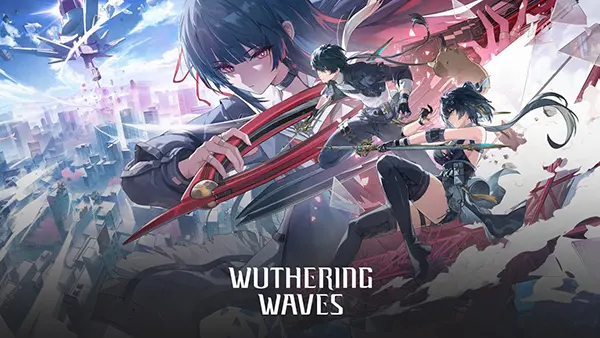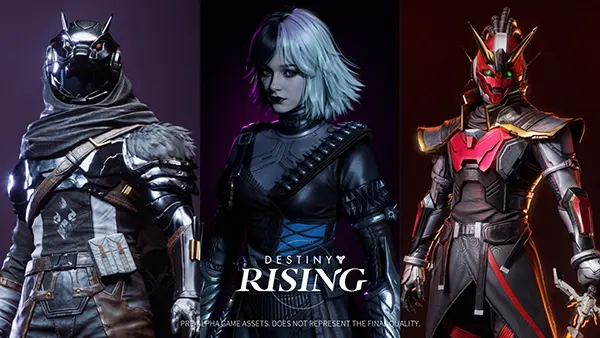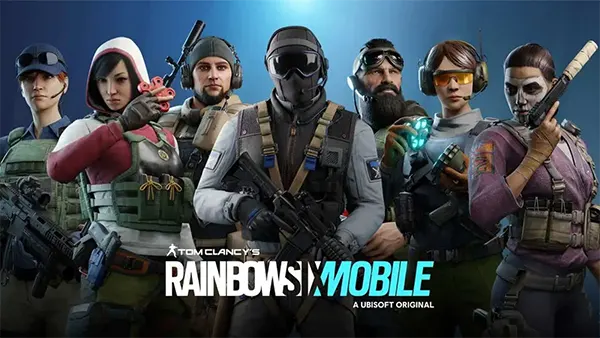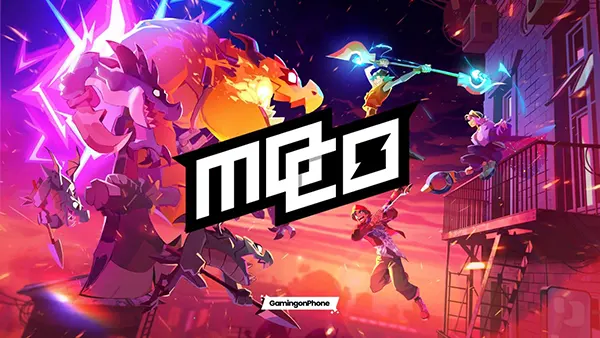In the sprawling expanse of indie games, “Dead Cells” emerged as a beacon of excellence. This title from Motion Twin struck a chord with gamers, blending roguelike unpredictability with the structure of Metroidvania genres.
The appeal is instantaneous. From its pixel-art splendor to intricate mechanics, “Dead Cells” offers an experience that feels both nostalgic and refreshingly new. This review delves into what makes this title a modern classic in the annals of indie gaming.
An Ever-evolving Labyrinth
The essence of “Dead Cells” lies in its level design. The world is procedurally generated, ensuring no two playthroughs are alike. Each death throws the player into a new maze of challenges, yet there’s a familiarity that remains, allowing for strategy and anticipation.
These dynamically constructed levels are filled with secrets, shortcuts, and challenges, urging players to explore every nook and cranny. While death is a constant companion, the thrill of discovery and the unpredictability of the layout make each run a unique experience.
Combat and Progression
Fluid Combat System
“Dead Cells” boasts a combat system that is both fluid and punishing. With a plethora of weapons, tools, and spells at disposal, players can tailor their combat style. Whether you’re a fan of ranged attacks, close-quarters combat, or traps, the game accommodates diverse strategies.
Character Progression
Despite the roguelike nature, progression in “Dead Cells” feels meaningful. Blueprints allow the discovery of new weapons and tools. Cells, harvested from fallen enemies, can be invested to enhance abilities, making the protagonist stronger with each run.
Enemies and Bosses
The adversaries in “Dead Cells” are as varied as the weapons. From basic grunts to menacing bosses, each enemy type presents a unique challenge, forcing players to adapt and rethink strategies on the fly.
Challenging Boss Fights
Integral to the game’s experience are the boss fights. These encounters are not just tests of skill but also of strategy and adaptability. Each boss has its own set of moves and patterns, demanding players to learn and improvise.
Permanent Upgrades
While the game is relentless, it’s not without mercy. Certain upgrades and unlocks persist across runs, ensuring that every playthrough, regardless of its outcome, contributes to the overall progression.
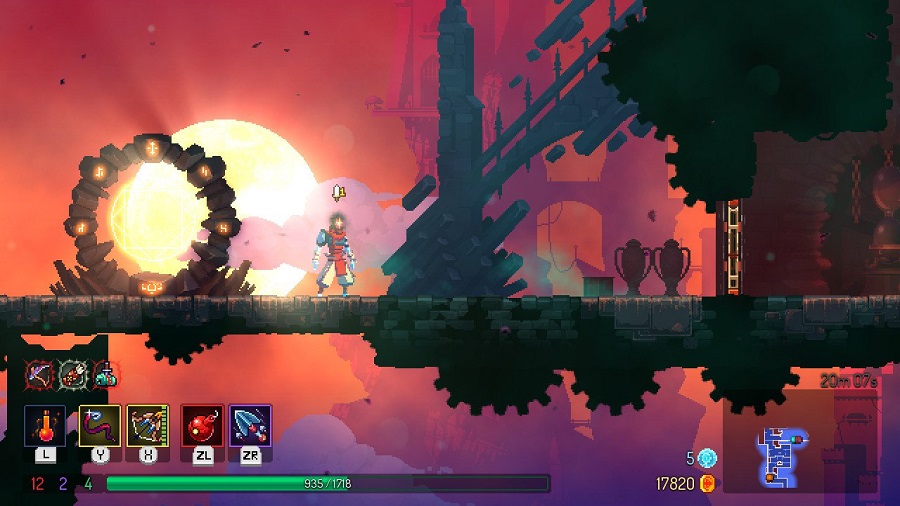
Aesthetic and Audio
The visual palette of “Dead Cells” is a vibrant mix of pixel art, invoking memories of classic games while presenting a level of detail and fluidity that is unmistakably modern. The grim setting of a decaying kingdom is brought to life with lush colors and dynamic lighting.
Aiding the atmosphere is a haunting soundtrack. From the eerie tunes of the dilapidated dungeons to the rousing beats of boss battles, the music sets the tone perfectly, enhancing the immersion.
Community and Post-launch Support
One of the reasons for the enduring success of “Dead Cells” is the developers’ commitment to their community. Regular updates, new content, and tweaks based on player feedback have ensured that the game remains fresh and engaging.
Additionally, Motion Twin’s transparent approach, including open discussions about game mechanics and future plans, has fostered a dedicated and passionate player base that continues to grow and support the title.
Verdict
“Dead Cells” is more than just a game; it’s a testament to the potential of indie gaming. It showcases how a fusion of genres, when executed with passion and precision, can result in a masterpiece.
For veterans and newcomers alike, “Dead Cells” offers a challenging yet rewarding experience, a dance of death and rebirth in a world that’s as beautiful as it is brutal.
